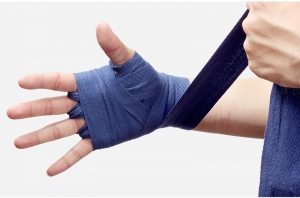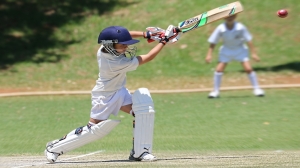Behind the excitement and thrill of contact sports lies a high level of risk for those participating. Debates have intensified surrounding the long-term cognitive impact of hard-hitting sports such as rugby, boxing and American football.
Widespread legal action has been taken by former professional and amateur sportspeople after sports-related injuries and illnesses. There have been high-profile cases that have dominated headlines across the world. For example, nearly 400 former football and rugby players in the UK have joined forces to sue their respective governing bodies in an unprecedented legal case.
Athletes at all levels put their bodies on the line in contact sports, but what are the risks for all those involved?
What are contact sports?
Contact sports involve physical impacts and collisions between players. These collisions happen naturally throughout a game and often form a key part of play.
The extent to which contact is permitted can vary between different sports. Football, for example, is one of the less physical contact sports because the use of force isn’t widely encouraged.
Rugby and American football are at the opposite end of the spectrum, where players collide with each other regularly with excessive force. Boxing is another example where powerful contact is fundamental and often targeted to the head.
What are the risks?
Sports of any kind increase the risk of injury for those participating. In contact sports, this risk is even more significant. Cuts, sprains and fractures are some of the more easily diagnosed and treated injuries, but concussion and traumatic brain injuries can be much more harmful and harder to detect early on.
Studies have linked repetitive head trauma to an increased risk of developing conditions such as early-onset dementia, Parkinson’s disease and chronic traumatic encephalopathy (CTE).
It's not just players who are involved in contact sports today that are concerned about the impact of collisions. Even now, years on from his death, there is speculation surrounding the degenerative brain symptoms suffered by world champion boxer Muhammad Ali and whether this was a direct result of his sporting career.
Many former athletes have complained about being kept in the dark regarding the long-term impacts of head trauma, leading some to raise brain injury and medical negligence claims against various organisations.
How can you protect yourself and others?
If you participate in contact sports, taking precautions and preventative measures is crucial to protect yourself and everyone involved.
Wearing the proper equipment such as skull protection can go a long way to absorbing any impacts, although you can never guarantee your safety.
Some sports have introduced regulations to discourage collisions to the head where possible. For example, professional rugby now has stronger laws against tackles above the shoulder during play.
Anyone who has suffered a concussion, or is displaying any symptoms, should be withdrawn from a match to avoid any further trauma to the head. Regulations in different sports dictate how long a player must recover before returning to the field after a traumatic brain injury, so refer to the guidance of the relevant governing body.






